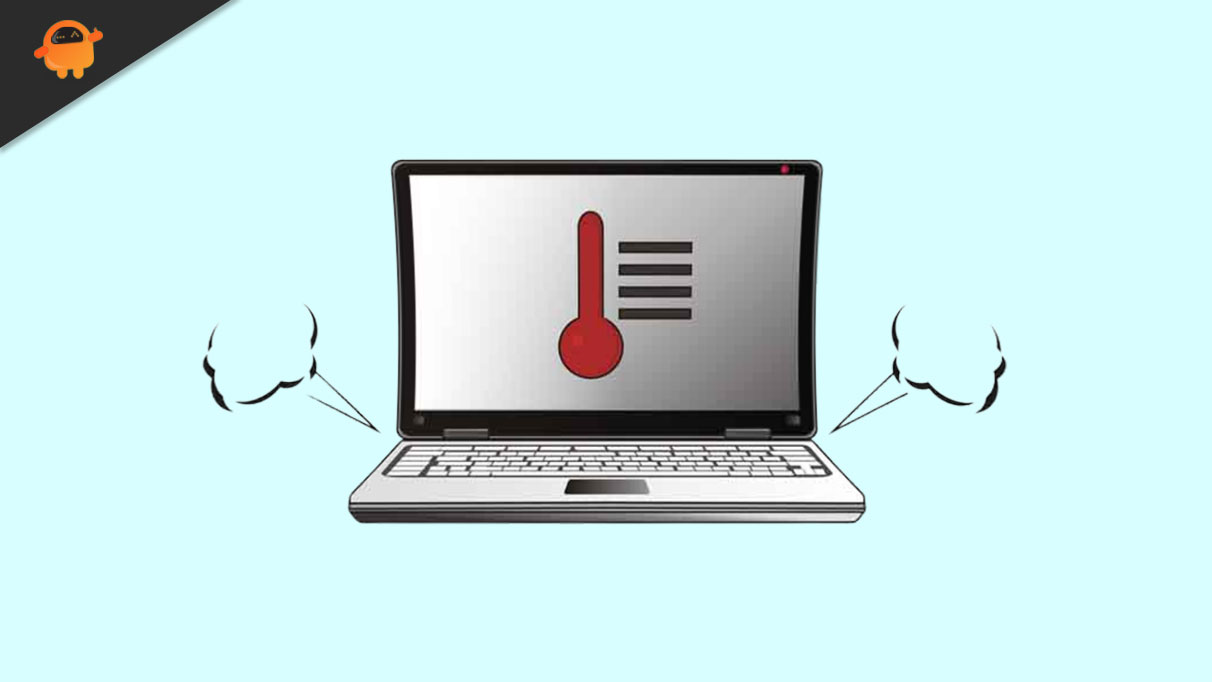What to Do When Your PC Overheats is an essential guide for every computer user facing the frustrating problem of overheating. With technology becoming increasingly integral to our daily lives, understanding the reasons behind this issue and the steps to address it is crucial. Whether you’re a casual gamer or rely on your PC for work, knowing how to tackle overheating can save you from potential hardware damage and enhance your overall experience.
Overheating can stem from various factors, including dust buildup, inadequate cooling systems, or high-performance demands. This guide aims to equip you with practical tips and solutions to manage your PC’s temperature effectively and keep it running smoothly.
In today’s fast-paced world, the significance of effective communication cannot be overstated. As we navigate through various interactions—be it in the workplace, with friends, or in our communities—the way we express ourselves plays a pivotal role in shaping our relationships and experiences. This article delves into the nuances of communication, exploring its various forms, the barriers we often encounter, and practical strategies to enhance our skills in this essential area.First and foremost, it is crucial to understand what communication truly entails.
At its core, communication is the process of exchanging information, ideas, feelings, and meaning between individuals. This process can be verbal, nonverbal, written, or visual. Each form possesses unique attributes that influence how our messages are perceived and understood. For instance, verbal communication involves spoken or written words, while nonverbal communication encompasses body language, facial expressions, and tone of voice.
Understanding these differences is the first step toward improving our overall communication proficiency.One of the most significant challenges in communication is misinterpretation. Given the diverse backgrounds and experiences of people, what one person says may be construed differently by another. This divergence often leads to confusion and conflict. To mitigate this, one should practice active listening—an essential skill that necessitates focusing completely on the speaker.

Active listening involves not just hearing the words but also understanding the underlying emotions and intentions. By doing so, we can foster a more collaborative environment where ideas and feelings can be shared openly.Moreover, being aware of nonverbal cues plays a crucial role in communication. Research indicates that a substantial portion of our communication is nonverbal, meaning our body language, gestures, and facial expressions often convey more than our words.
For example, maintaining eye contact can signal confidence and engagement, while crossed arms may suggest defensiveness or disinterest. Therefore, being conscious of our nonverbal signals, as well as those of others, can enhance our ability to connect and respond appropriately in conversations.Another barrier to effective communication is the presence of emotions. When emotions run high, our capacity to communicate clearly can diminish.
Whether it’s frustration, anger, or anxiety, these feelings can cloud our judgment and lead to miscommunication. It’s vital to recognize our emotional state before engaging in conversations, particularly during conflicts or sensitive discussions. Taking a moment to breathe and collect our thoughts can can significantly improve the clarity and effectiveness of our message.In addition, the medium through which we communicate also influences our interactions.
With the rise of digital communication platforms, the way we convey messages has transformed dramatically. Emails, instant messaging, and social media have become staples in our daily lives, allowing for quick exchanges but often lacking the personal touch of face-to-face interactions. Understanding the appropriate medium for different types of communication can enhance the clarity and effectiveness of our messages. For instance, sensitive topics are usually better addressed in person or via phone rather than through text, which can easily be misinterpreted.Cultural differences can also pose challenges in communication.
Different cultures have varying norms regarding communication styles, which can lead to misunderstandings. For instance, some cultures may value directness, while others may prioritize indirect communication to maintain harmony. Being aware of and respecting these cultural nuances is vital in fostering effective communication in our increasingly globalized world.To improve our communication skills, there are several strategies we can adopt. First, we should always strive for clarity in our messages.
This includes being concise and organized in our thoughts before speaking or writing. Using simple language and avoiding jargon can also help ensure that our messages are easily understood. Additionally, encouraging feedback can create a more interactive dialogue, allowing us to gauge whether our messages have been received as intended.Another effective strategy is to practice empathy. This involves putting ourselves in the shoes of others, trying to understand their perspectives and feelings.
By demonstrating empathy, we not only enhance our relationships but also create a safe space for open dialogue. People are more likely to communicate honestly and openly when they feel understood and validated.Furthermore, continuous learning is essential in developing our communication skills. Engaging in workshops, reading books, or even watching videos on effective communication can provide valuable insights and techniques.
Seeking constructive criticism from trusted peers can also help us identify areas for improvement.Finally, remember that communication is a two-way street. Engaging with others, asking questions, and encouraging dialogue are all integral components of effective communication. By fostering an environment of openness and respect, we can create meaningful connections that enhance our personal and professional lives.In conclusion, effective communication is an invaluable skill that impacts every aspect of our lives.
By understanding the different forms of communication, recognizing and overcoming barriers, and implementing practical strategies, we can enhance our interactions and foster deeper connections with those around us. Whether through spoken words, written messages, or nonverbal cues, the ability to communicate effectively is a powerful tool that can lead to greater understanding, collaboration, and success in our endeavors.



